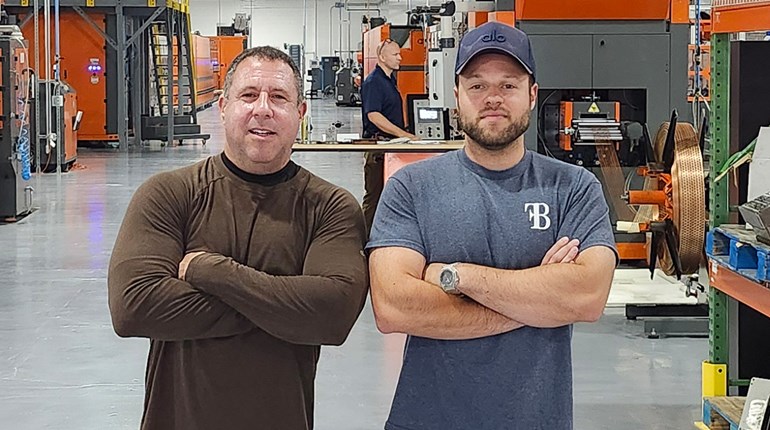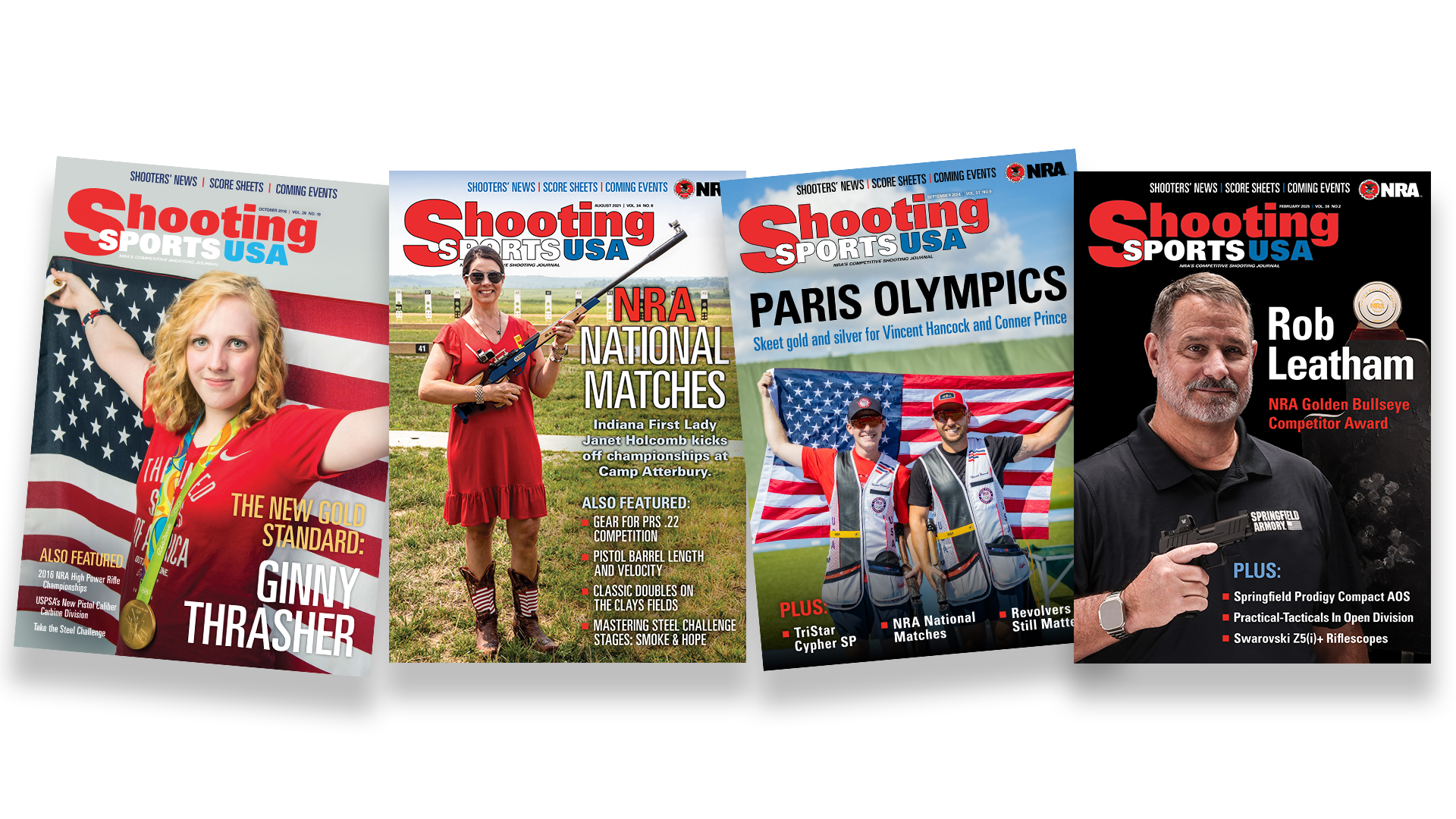
WARNING: All technical data in this publication, especially for handloading, reflect the limited experience of individuals using specific tools, products, equipment and components under specific conditions and circumstances not necessarily reported in the article and over which the National Rifle Association (NRA) has no control. The data has not otherwise been tested or verified by the NRA. The NRA, its agents, officers and employees accept no responsibility for the results obtained by persons using such data and disclaim all liability for any consequential injuries or damages.
Welcome to Part 3 of the U.S. Army Marksmanship Unit's (AMU) series on processing U.S. military 5.56mm brass for match accuracy in Service Rifle competition. Part 1 and Part 2 covered cleaning, inspecting and processing primer pocket crimps for re-priming. In this article, we'll address sorting and sizing steps to improve accuracy.
Here at the AMU, we often weight-sort our long-range brass (600 yards and beyond) with an eye toward uniform case capacity and consistent performance. Naturally, the weight increments vary depending on caliber, as a percentage of cartridge case weight. E.g., there's no need to sort .300 Win. Mag. brass as tightly as 5.56mm brass.
Several years ago, we sorted our virgin primed and inspected LC 5.56mm brass into 0.3 grain increments. Given large summer competition demands for long-range ammo, we started with 50,000 to 60,000 cases of a given lot. We then winnowed them down into 0.3 grain lots that were large enough for the team's summer needs. And, yes, that was rather labor-intensive!
The AMU constantly conducts research to improve accuracy, and to improve efficiency without compromising accuracy or performance. We make no procedure changes without first fully verifying that performance is not degraded. After significant full-distance machine-rest and shoulder-fired testing, we determined that we could safely increase the weight range of LC match brass lots to 1.0 grain. This greatly cut sorting time, while increasing our brass lot sizes. When using some very high quality commercial brass, we weigh a sample of 100-200 cases and, if uniform enough, we can load that lot without weight sorting.
The final case prep operation prior to seating bullets is to trim (if needed), outside deburr and inside chamfer case mouths to prevent bullet damage upon seating. Often, cases which have not been chamfered will shave small fragments of copper from the bullet jackets. These can be seen wedged between the case mouth and bullet.
Chamfering greatly reduces scratching bullets during seating (especially important with flat-base bullets) and helps uniform neck tension. When deburring and chamfering, it is preferable to make the final cut on the inside of the case mouth, so that no burrs are rolled over into the case mouth edge where bullets will be seated.
Once the brass is ready to load, we set optimum neck tension when sizing. With virgin brass, we use a neck-sizing die with a correct-diameter neck bushing (available in 0.001 inch increments). We use light spray lube to prevent galling and adjust the die to size the full length of the case neck. Brass varies in hardness (e.g., LC equals harder, some commercial brass may be softer.) Thus, for LC brass, we usually size case necks to be expanded 0.003 inch by the bullet upon seating. Example: if the case neck measures 0.248 inch after bullet seating, then a 0.245 inch die bushing is used.
Different brands of brass may have different neck thicknesses, requiring different bushings by brand and lot. Also, more neck tension may be desired depending on the brass hardness. Thus, a change to, say, 0.004 inch reduction under the seated-bullet neck diameter of your brass might be appropriate. Other considerations include whether brass has been work-hardened by multiple firings, or annealed back to virgin status.
Pay attention to the force required to seat your bullets. Significant variations should be noted, and the cause determined. Some rounds may be set aside for practice or sighters if they vary greatly from the norm. NOTE: cleaning the insides of fired case necks early in the reloading cycle to remove dirt/carbon will help ensure smooth, consistent seating.
While not employed at the AMU due to our use of virgin brass, one old handloader's method of indelibly marking brass may be helpful. An example would be two brass lots with the same headstamp but of different weights. Many use “permanent” colored markers to mark case heads. Often, enough ink remains after tumbling to identify the case, but not always. When using ink, sooner or later one will have to re-apply it, which takes time.
Another method is to use a small, triangular jeweler's file or a Dremel tool with cutoff wheel to make a tiny notch in the rear edge of the case rim. If using Winchester brass, for example, Lot 1 may be marked by the “W,” and Lot 2 marked by the “R.” These marks are easy to see, last the life of the case, and cause no problems when applied correctly. They allow tumbling and processing mixed lots of cases together if desired. Cases can then be re-sorted back into their original lots using the tick marks.
In closing, it's worth mentioning (again) to prepare your ammunition in accordance with the use to which it will be put. An F-Class or Long-Range Bench Rest shooter may benefit from much finer “tweaks” to their ammo than a Service Rifle shooter, who will be using iron sights, a sling, a shorter, thinner barrel and a relatively generous chamber.
As always, we hope these tips may be helpful. There is no only way to handload, and many shooters have found ingenious solutions to various issues while reloading. Anyone who has a good tip to share is invited to post it here, to help our fellow shooters get better accuracy and efficiency. All the best to you, and good luck on the range!
Next up—Sorting Match-Grade Bullets for Long-Range Accuracy, Part 1: Where to Begin?
SSUSA thanks the U.S. Army Marksmanship Unit for allowing the reprint of this article.



































